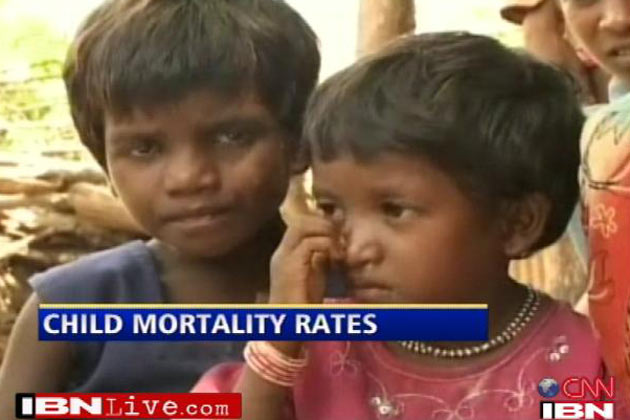Increases in state and local spending could decrease mortality rates, researcher finds
Income inequality and government social spending. These are hot-button issues in this year’s presidential primaries: the rich getting richer, the poor getting poorer, and the government’s role in closing the gap - or not.
For Daniel Kim, associate professor in the Bouvé College of Health Sciences at Northeastern, such gaps can be a matter of life and death.
In a paper published Tuesday in the journal Preventive Medicine, he examined the effects of U.S. state and local social spending - monies for welfare, education, and health - on mortality and drew not just a correlation, as the few earlier studies on the subject have done, but opened the door to inferring a cause-and-effect relationship between higher spending and longer lives for the more than 430,000 adults he assessed across the country.
The findings are sobering. “Each additional $250 spent per person per year on welfare predicted a 3 percentage point lower probability of their dying from any cause,” says Kim, an expert on the social and economic determinants of population health. “Welfare” encompasses several components, including state supplements to unemployment insurance, worker incentive programs, public assistance programs, and services for the elderly and disabled.
“While some presidential candidates have argued for more government social spending from a societal fairness point of view, my findings highlight the health benefits of welfare and education spending, in particular, and the harm that increasing or maintaining the gap between the rich and the poor can have on everyone’s health.”
An impact on all Americans
 In his study, Kim examined six leading causes of death in the U.S. in older adults: coronary heart disease, stroke, colon cancer, chronic obstructive pulmonary disease, diabetes, and suicide. Most affected by state and local government social spending was coronary heart disease, which kills more than 370,000 people annually, according to the Centers for Disease Control and Prevention.
In his study, Kim examined six leading causes of death in the U.S. in older adults: coronary heart disease, stroke, colon cancer, chronic obstructive pulmonary disease, diabetes, and suicide. Most affected by state and local government social spending was coronary heart disease, which kills more than 370,000 people annually, according to the Centers for Disease Control and Prevention.
These reductions in mortality compare to the health benefits that we see in patients who receive successful treatment for high blood pressure or high cholesterol.
- associate professor Daniel Kim
Kim found that each additional $250 spent per person per year on welfare reduced the chances of dying from heart disease by nearly 2 percentage points, and the same amount spent per person on education reduced the chances by almost 1 percentage point. In contrast, his analysis showed that the bigger the gap between the rich and the poor, the greater the chance a person had of dying.
“These reductions in mortality compare to the health benefits that we see in patients who receive successful treatment for high blood pressure or high cholesterol,” says Kim. “Increasing social spending in these areas could impact all Americans, not just those who have access to clinical treatment.”
Real - life benefits and harm
That income inequality affects health and mortality is not new. Research has shown that wider gaps in income generally correlate with a shorter average lifespan. But less than a handful of studies have addressed the effects of social spending on health and mortality. Furthermore, the few studies on social spending consider data only at one point in time - a single year - and only at the state level.
Kim, on the other hand, used the National Longitudinal Mortality Study, a nationally representative dataset, to track individuals surveyed in the 1980s for more than a decade. Following people over time enabled him to use statistical methods common to economic analyses but rare in public health studies that “controlled” for multiple factors at the state level in order to zero in on the risks of death associated directly with dollars spent for the individual.
I hope these findings will help launch a public discussion about the real - life health benefits and harms that state policymakers’ decisions can have on all of us.
- associate professor Daniel Kim
A limitation of observational, as opposed to clinical or experimental, studies is that they can’t show mechanisms of action - that is, how one variable, say, a drug, brings about an effect, say, the production of a particular protein that can be measured in the blood. And they can only show a link between a variable and an effect, not that the variable caused the effect. We’ve all heard, for example, about research showing that antioxidant - rich foods like broccoli correlate with a lower cancer risk. That is very different from saying that eating broccoli prevents cancer.
Kim’s latest work is like an observational study on steroids. Its rigorous methodology permits him to better “infer cause - and - effect relationships,” he says, between the causes, in this case greater social spending and income inequality, and the effects, reduced mortality from a variety of diseases.
“The Great Recession of the past decade led to unprecedented social spending cuts in 46 U.S. states,” says Kim. “Meanwhile, the divide between the rich and the poor has surged in 45 states over the past three decades, reaching levels that we haven’t seen since the Great Depression.
“We certainly need to explore my findings further - such as identifying which specific welfare and education programs benefit health. But I hope they will help launch a public discussion about the real - life health benefits and harms that state policymakers’ decisions can have on all of us.”
###
Journal
Preventive Medicine